National WASP WWII Museum
A tribute to the little-known group of women who were the first ever to fly aircraft in the U.S. military.
For two years during World War II, a small U.S. military program trained 1,074 women to join men in the air to serve their country. The Women Airforce Service Pilots (WASPs) were the first ever female pilots in America to do so. Yet the pioneering program was so little known, when the Air Force announced decades later in 1976 that women would be allowed to fly military aircraft, it was referred to as the first time this had happened.
In an effort to right this wrong, the small National WASP WWII Museum was founded in 2003 to pay tribute to the WASPs’ under-appreciated efforts. It is located on the edge of Avenger Airfield in Texas, where the program was based.
From 120 bases and airfields across the U.S., WASPs flew more than 60 million miles in non-combat missions during World War II. The idea was to free up male pilots to fly in battles overseas. The women were taught skills such as airplane maintenance and Morse code. However, as one might expect, they faced a great deal of resistance and sexism at every step.
In their communities, some questioned the decision to leave their lives and families. And within the program, the women were told that while they could fly as well as male pilots, they should be careful not to outshine them. Nearly 40 women died serving as WASPs. Ultimately, the program was disbanded because the government refused to recognize WASPs as part of the military.
Exhibits in the museum, which was spearheaded by WASP Deanie Parrish, include the last known Bamboo Bomber used to train WASPs on Avenger Field, a look at the living conditions of WASP trainees, and an account of the life of Jacqueline Cochran, an early proponent of the program who became its Director of Women Pilots. The museum recently completed its re-creation of Hangar No. 1, a WASP training hangar that burned down in the 1950s.
Know Before You Go
The signs aren't large, but the museum itself is West of the main part of Sweetwater.




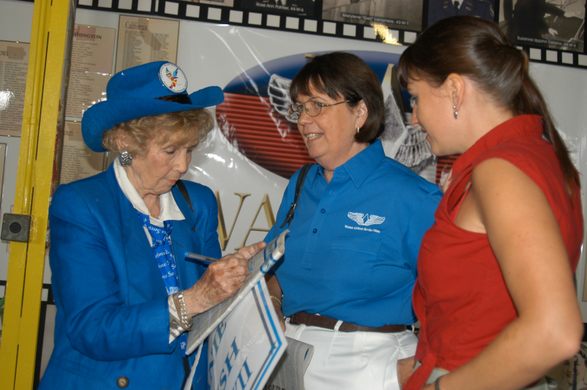
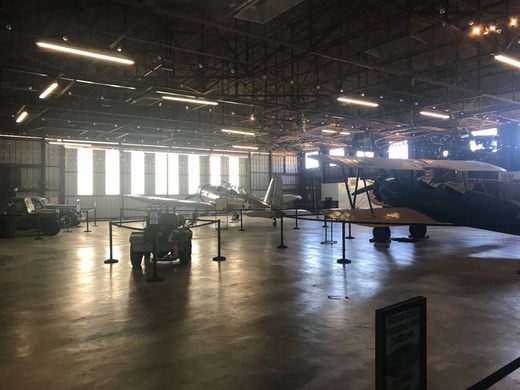

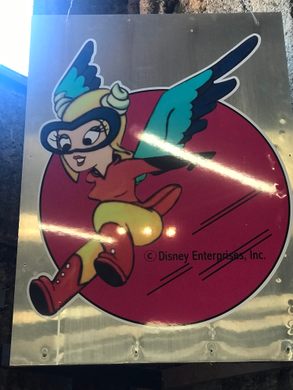







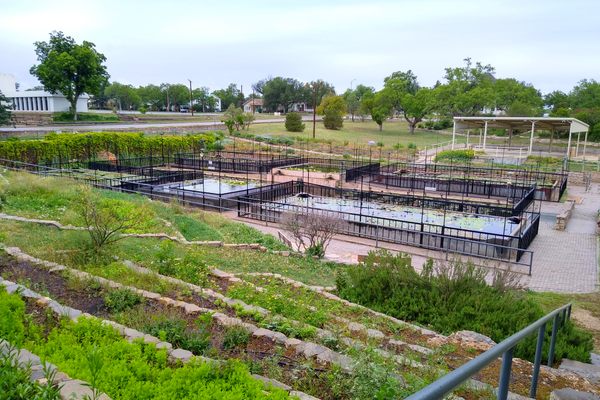

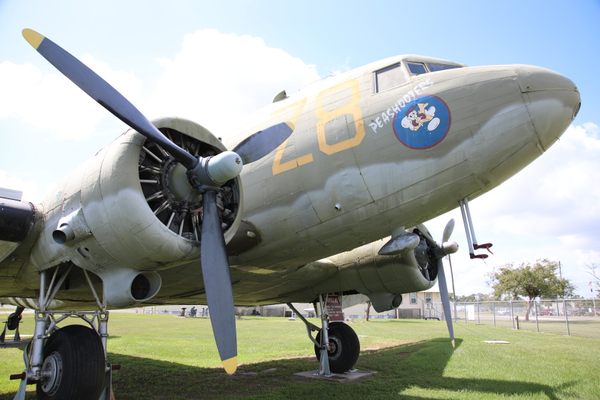
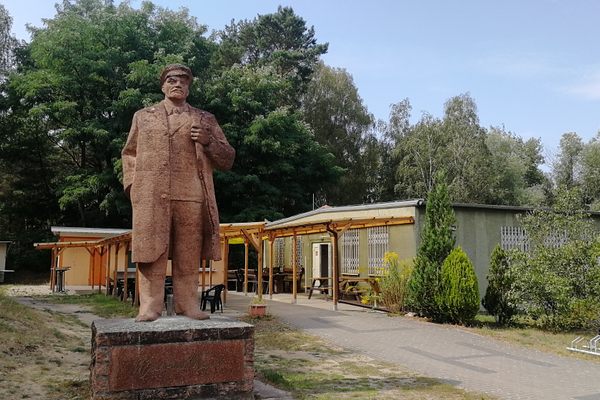



Follow us on Twitter to get the latest on the world's hidden wonders.
Like us on Facebook to get the latest on the world's hidden wonders.
Follow us on Twitter Like us on Facebook